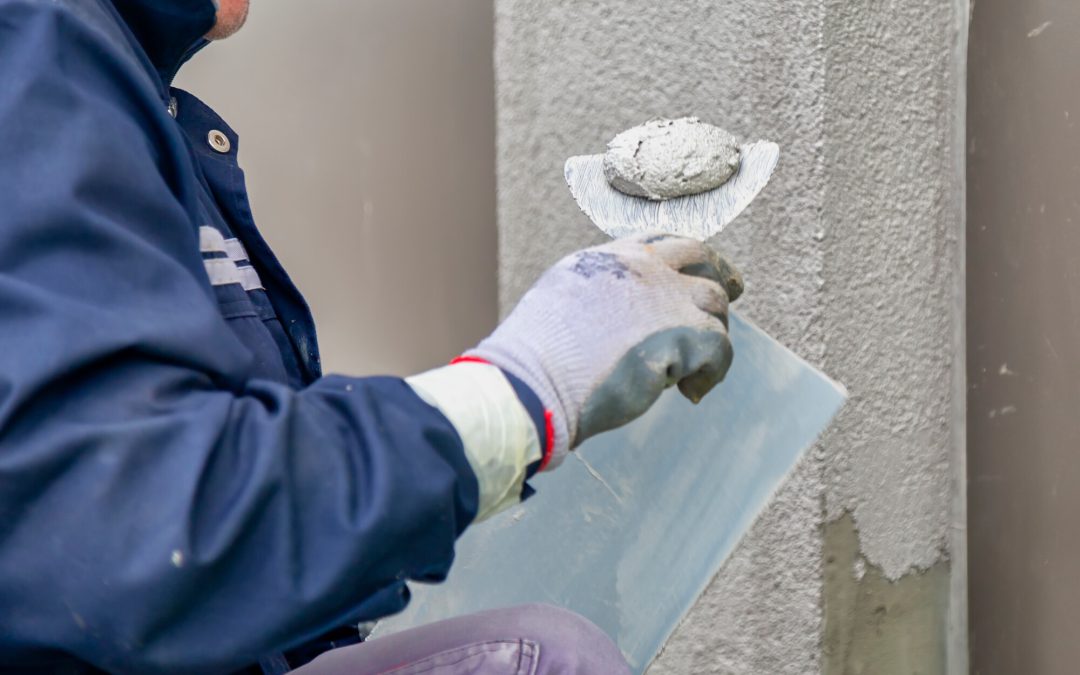According to the Department of Energy, nearly two-thirds of homes in the U.S. have a garage. If you’re one of those homeowners with a garage, have you taken a look at the floor recently? More likely than not, it’s stained, scratched, or marked up.
Luckily, concrete coating systems can have your garage floor looking brand new in no time. There are a few different concrete coating options on the market to choose from. Keep reading to learn about five concrete coating systems and which one you should use.
1. Polyurea Coating
Polyurea is one of the most popular types of concrete coatings. It’s made out of a flexible material that’s used in foams and as a strengthening agent for concrete and steel.
There are several benefits of polyurea coating. It can withstand changing temperatures, has high impact resistance, is fade resistant, and is long-lasting. It’s also up to 20x stronger than epoxy and UV resistant, which means it will never turn yellow.
In addition, it has a fast dry time which leaves less time for bubbles to form as the material hardens. Polyurea has a quick floor coating installation time and takes as little as 24 hours.
The high durability of polyurea coating allows it to withstand large weights and impact. While polyurea is one of the more expensive concrete coatings, it’s a solid choice that will last you years and years.
Polyurea coatings are available in a range of designs. They can be a solid color, multi-colored, blended, or even combined with vinyl chips or quartz granules. You can customize the color to create a unique finish that shows off your personal style.
2. Epoxy Coating
Epoxy is very well-known as a concrete coating, but may not always be the best option.
For a concrete coating, a mixture of resin and hardener is used. The mixture gets spread over the concrete surface. Epoxy stays on the surface of the concrete, rather than bonding itself fully.
Epoxy is durable and resistant to tire marks, scratches, and impact but typically only lasts between three and five years before normal wear is visible. Epoxy warps under high heat and temperature changes. UV exposure will cause wear and yellowing.
The design options are similar to those for polyurea. Typically epoxy comes in in solid colors, but also can be found with colored vinyl chips. There is a metallic epoxy on the market that creates a marble-like effect.
3. Polyurethane Coating
Polyurethane has similarities to both polyurea and epoxy. Polyurethane coatings are either water-based or oil-based.
While water-based coatings have a quick dry time, they are thinner than oil-based coatings. The oil-based coating is more durable and better at withstanding heat. In general, polyurethane coatings are very flexible and are resistant to scratches or abrasions.
Because it’s more resistant to UV and abrasion, polyurethane sometimes gets used as a topcoat in combination with epoxy or acrylic. Combining two types of coating results in a more durable finish.
While polyurethane coatings have some benefits, they have quite a few drawbacks. They’re known to bubble up in geographies with high humidity or when exposed to moisture. They are infamous for having a powerful smell that can linger for a while after application.
4. Acrylic Coating
Acrylic concrete coatings are not as durable as polyurea or epoxy. The lack of durability means they need to be buffed or recoated more often than other types of coatings. While acrylic coatings have a low upfront cost, the long-term maintenance costs are much higher than other coatings.
Because of the shortcomings of acrylic coatings, they’re best used in limited ways. They can be used for decorative concrete, areas with limited foot traffic, and areas with minimal risk of abrasions.
Another use for acrylic is as a concrete topcoat. When combined with a good base, an acrylic coating can be flexible and provide a shiny topcoat. Acrylic is clear, fast-drying, and scratch-resistant which are good characteristics for a topcoat.
5. Paint Coating
Paint has many uses, and painting concrete is one of them. This isn’t a popular option, but paint can act as a sealant if you need a simple and quick solution.
Most paints dry quickly and have non-toxic fumes. If you’re looking to spruce up an area, paint can provide protection over the surface of the concrete as a sealant.
Paint is not a durable option for a concrete coating. High-traffic areas are susceptible to easy wear and tear, and paint will likely chip. The color can also fade quickly since paints tend to have low UV resistance.
Paint comes in a wide range of colors and can be customized to your specific desire. It’s easy to use paint for a detailed design or pattern that other coating materials can’t create.
Ready to Pick a Concrete Coating?
Now that you know about these five concrete coating options, are you ready to choose one for your next project? If you’re looking for a durable, long-lasting finish that looks great you can’t go wrong with a polyurea coating.
With locations around the country, Garage Force has a huge range of colors and finishes for you to choose from. Our team is ready to help you transform your garage with a polyurea coating. Find a location near you and request a quote today!

